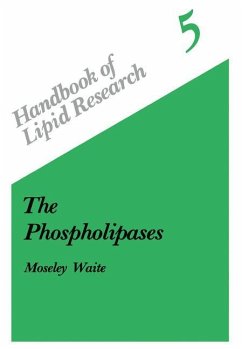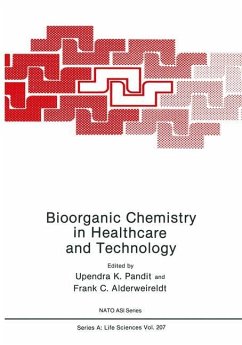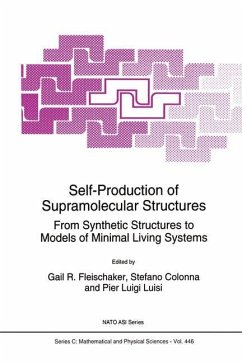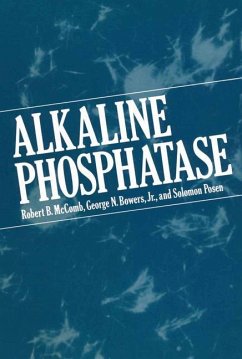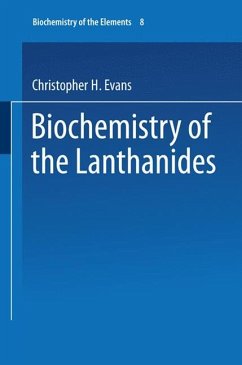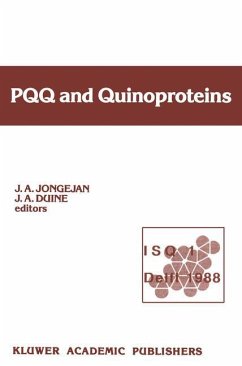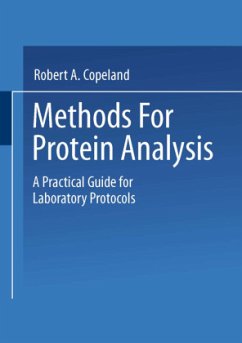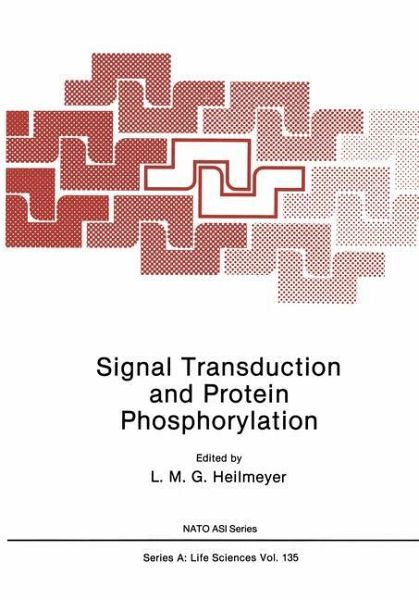
Signal Transduction and Protein Phosphorylation

PAYBACK Punkte
20 °P sammeln!
A NATO Advanced Study Institute on "Signal Transduction and Protein Phosphorylation" was held to overview recent developments in this area. The participants in the Institute dealt with protein phosphorylation as the most prevalent mode of regulation of cellular processes. First, methods needed to analyze the complex cascade systems involved were reviewed, including protein sequencing, crystallo graphy, characterization and isolation of membrane proteins, use of monoclonal or polyclonal antibodies and application of fluorescent probes. In great detail the x ray crystallographic structure of gly...
A NATO Advanced Study Institute on "Signal Transduction and Protein Phosphorylation" was held to overview recent developments in this area. The participants in the Institute dealt with protein phosphorylation as the most prevalent mode of regulation of cellular processes. First, methods needed to analyze the complex cascade systems involved were reviewed, including protein sequencing, crystallo graphy, characterization and isolation of membrane proteins, use of monoclonal or polyclonal antibodies and application of fluorescent probes. In great detail the x ray crystallographic structure of glycogen phosphorylase was presented. This enzyme is located at the end of a signal cascade triggered by the hormonal activation of the membrane-bound adenylate cyclase. The interaction of the hormone/receptor with the catalytic subunit of the adenylate cyclase involves GTP-binding proteins. The function of these recently detected intermembrane coupling factors were reviewed, as weIl as the structure and properties of various protein kinases. 2 Major emphasis was placed on Ca + as a second messenger, its metabolism, mechanism of release and uptake from intracellular stores and its role on cell motility and muscle contraction. Two classes of protein phosphatases were discussed. They differ in their subunit structure and substrate specificity and are subject of a highly complex regulatory mechanism as yet not fully under stood.





